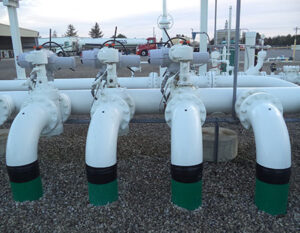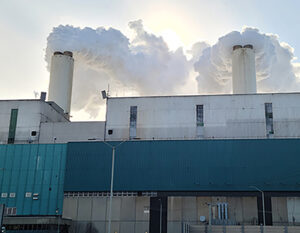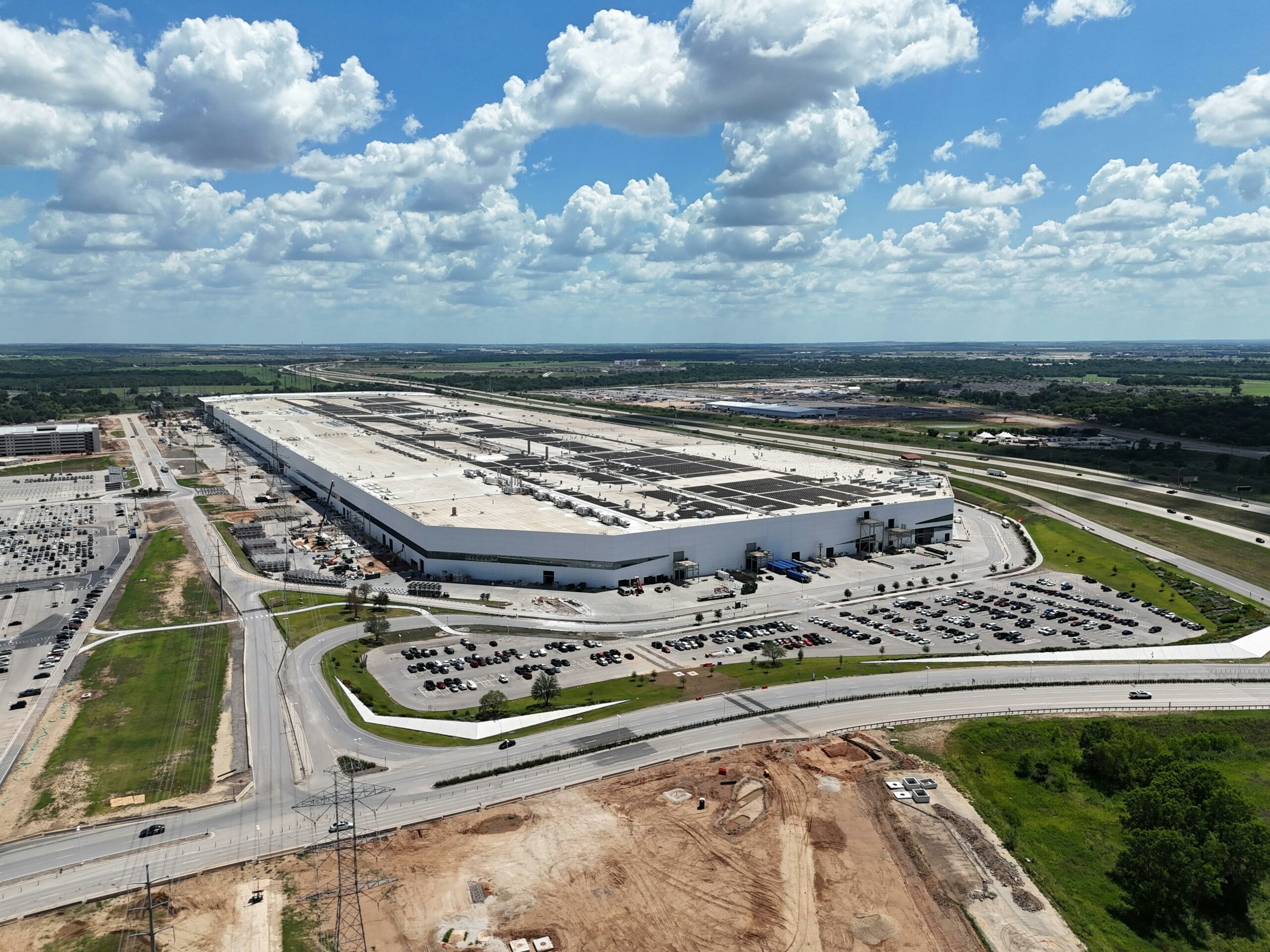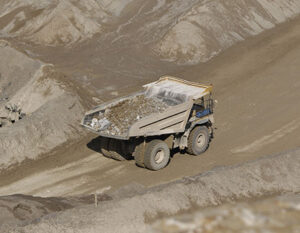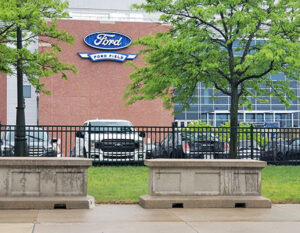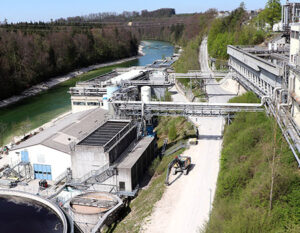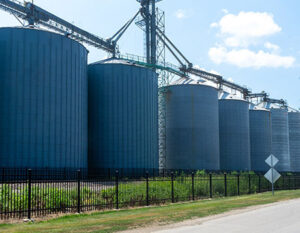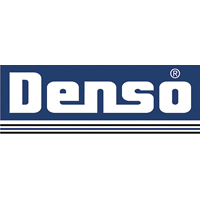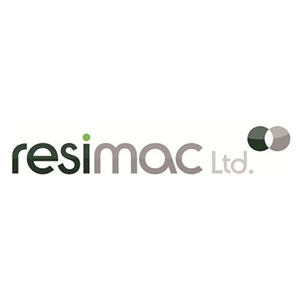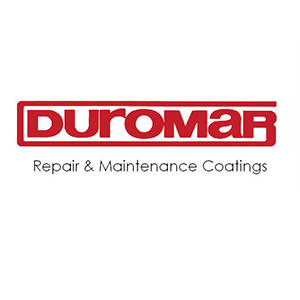Non-metallic Composites in Nuclear Plants
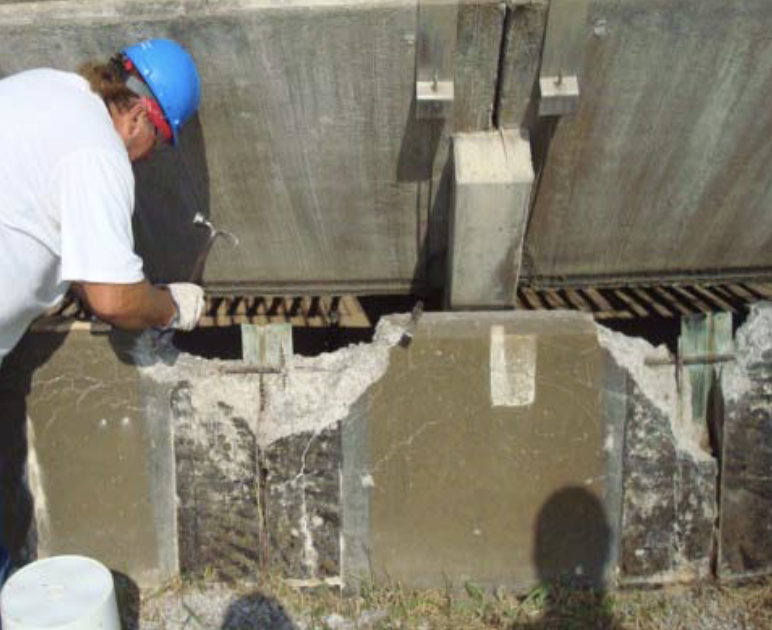
The Oil & Gas industry has been using metallic materials for many years, but in some instances non-metallic materials like thermoplastic polymers and composites can offer a better solution. Ever-increasing energy demand and the need for new efficient technologies are driving oil companies to push on technological boundaries ever further by using reliable partners and proven solutions.
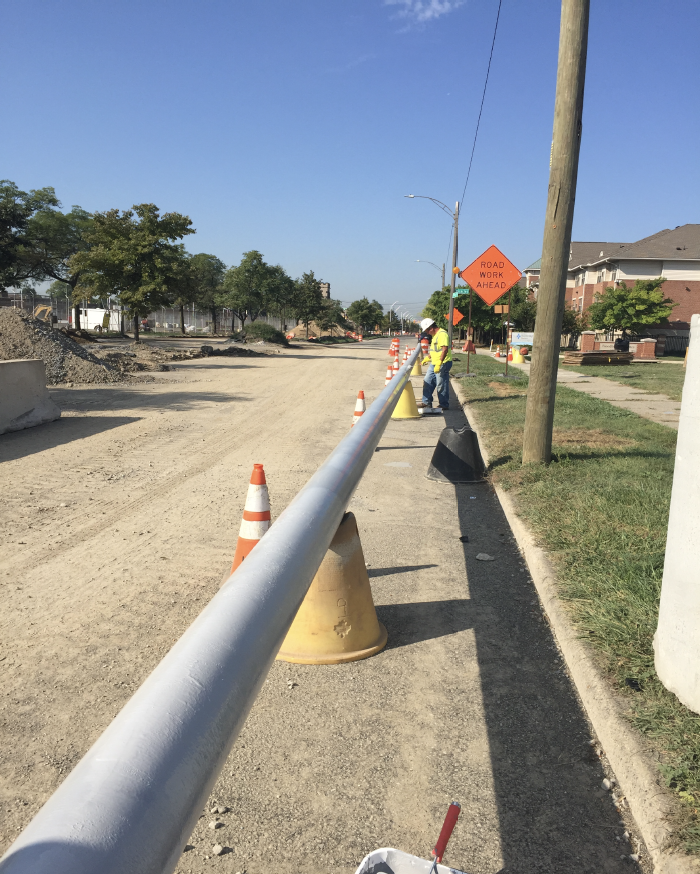
Core Components
The core features of a typical cooling water system include the cooling tower, concrete basin, cooling water heat exchangers and related piping. The heat exchanger is a serious component of a cooling system and is strategically designed to transfer heat from the process stream to the cooling water. Heat exchangers can have special purposes, but shell- and tube units are the most common type used in the plants. Numerous considerations are made when picking heat exchanger materials. These include temperature, the chemistry of the process stream and the cooling water. Over-all, carbon steel can be ideal in treated cooling water applications. Carbon steel has been the main selection of material in cooling water system exchangers, particularly for the shell, tube sheet, channel and channel cover. Copper and its alloys, such as aluminum-bronze, cu-Ni and stainless steel materials, are the typical selection for tube bundles rather than carbon steel. For cooling towers, the usual material choice is wood, concrete and on occasion, galvanized steel.
Corrosion Management
The materials used in cooling water systems are vulnerable to corrosion by the environment and operating conditions. The severity can vary and is determined by influences such as system design, temperature, flow rate, water chemistry, concentration of corrosive material, effectiveness of bactericide, alloy composition, wet-dry cycle, operating pH range, cycles of concentration, and blowdown practices.
Although corrosion inhibitors and biocides are commonly used for corrosion control, both open and closed systems experience corrosion because of the chemistry and quantity of make-up water added to the system. Open recirculation and once-through systems are exposed to large quantities of suspended solids, water-borne contaminants and solutes. These factors lead to noteworthy corrosion challenges. Closed systems, however, do not have such problems because they experience little or no water loss and are not exposed to waterborne contaminants.
In the cooling water heat exchanger, the tube sheet, baffle and bundle can be subjected to different types of damage causing mechanisms such as localized corrosion, stress corrosion cracking and microbiologically influenced corrosion. As the corrosion concerns are complex, the option of corrosion management varies with respect to the type of cooling water system and other factors. Corrosion, scale, sludge, algae and fungal growth are the common inherent problems in cooling water systems. Monitoring data reveal that theses corrosion challenges are more specific to open cooling water systems, which are less prone to corrosion.
Heat Exchanger Tube Sheet Restoration
Despite corrosion defense efforts, many times the carbon steel sections of a substrate experience deterioration to varying degrees. When the tube sheet experiences localized corrosion, the customary repair approach is typically to replace the tube sheet, which required removal of the tubes and extended down time almost equal to the time required to re-tube the tube sheet. Instead, a nonmetallic composite coating system can be applied in-situ as an ground-breaking and cost-effective option to restore the integrity of the tube sheet.
The non-metallic composite system applied to this rehabilitation standard consists of filler, intermediate heavy-build vinyl ester resin-based glass-flaked material and a reinforcing veil coat. Prior to application, it is essential to remove the impurities on the tube sheet, such as chlorides and preform surface preparation by abrasive blasting. Non-metallic composite systems are reexamined after three years of continuous operation, which confirmed satisfactory performance with optimum corrosion protection.
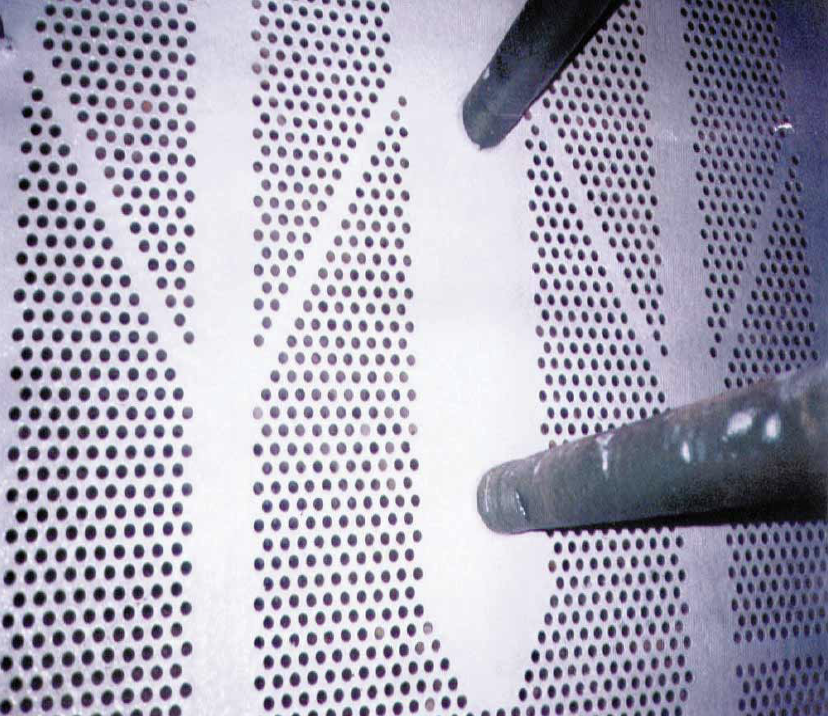
Restoration of a Cooling Tower
Most older cooling towers are made of wood with a preservative treatment. Because of aging, and biological attack, the wood may experience serious deterioration. Blades can experience failure which, in most cases, has been attributed to weakness. Such failures can lead to not only operational interruption, but also unsafe conditions. By replacing aluminum blades with non-metallic composite material, the blades will require new construction to enhance safety and equipment reliability.
Enhanced Protection for Concrete Basins
Existing cooling tower concrete basins will experience deterioration at the air and water interface and often need to be repaired to provide further reinforcement and prevent recurrence of the deterioration. Sacrificial anodes can be installed in the submerged sections of the concrete basin to protect the rebar.

Enhanced Protection for Hydrocarbon Pipeline Transition Points
Most buried carbon steel piping has an external coating system and cathodic protection. A chemical inhibition program is used for internal protection. Each pipeline has a transition point and the external protection at the transition point tends to be asphalt and concrete. Significant external corrosion from shielding and abrasion can occur at these transition points and non-metallic composites can be installed to enhance external protection at these points. The application comprises fiber glass laminates soaked with a two-component epoxy system that, after curing forms a non-metallic sleeve.
Future Use of Composite Materials
At the present time the oil and gas industry has a high polymer volume fraction in a composite pipe extending across a huge pipeline network measuring over two million kilometers worldwide. This fact represents a huge opportunity to increase the demand for polymer piping, if research and development activities focus on four essential areas which are expansion of the operating envelope of pipes made from polymer composites, advanced polymer liners, monitoring and inspection of composite structures that are non-metallic and the lifetime prediction and fitness for service of polymer and composite structures.
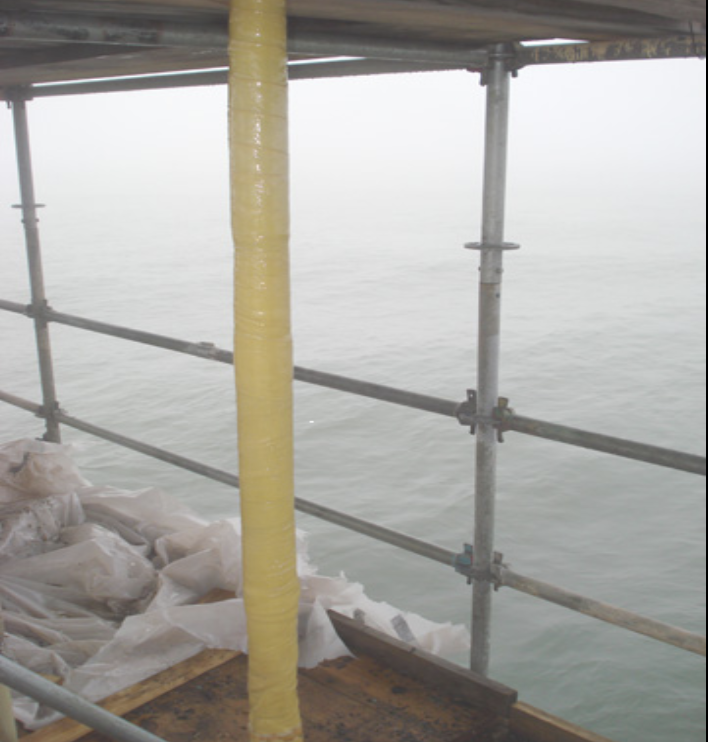
Sources:
Saleem, M. A. “Role of Nonmetallic Composites in Gas Plants.” Coatings and Linings, Feb. 2009.
Badaroux, Jacques. “Arkema’s Rilsan® 11 at the Heart of Technological Innovation in Deep Offshore Oil Production .” Press Release, Sept. 2008, www.arkema.com/export/sites/global/.content/medias/downloads/press-kit/en/2008-rio-oil-gas-2008.pdf.
“Will The Oil & Gas Industry Use More Composite and Polymer Pipes In The Future?” Oct. 2018.

